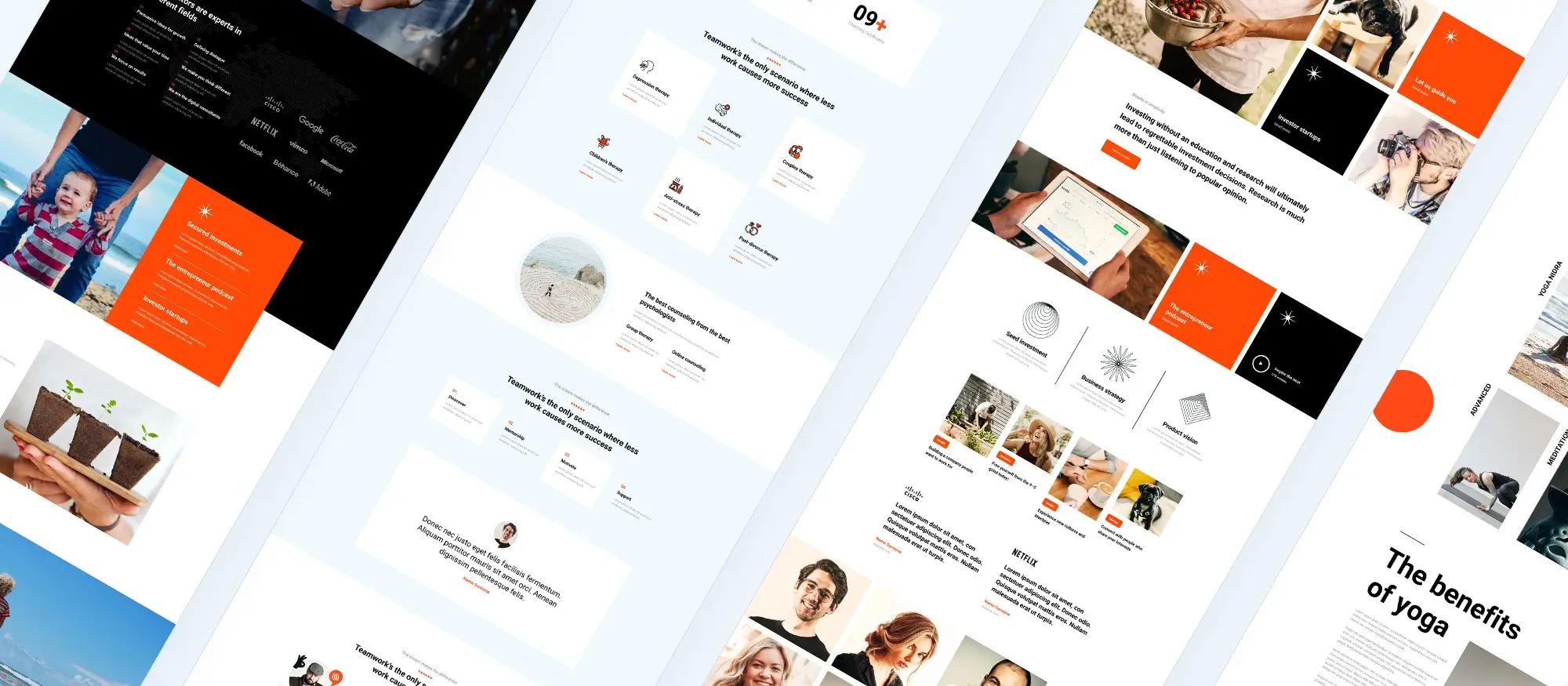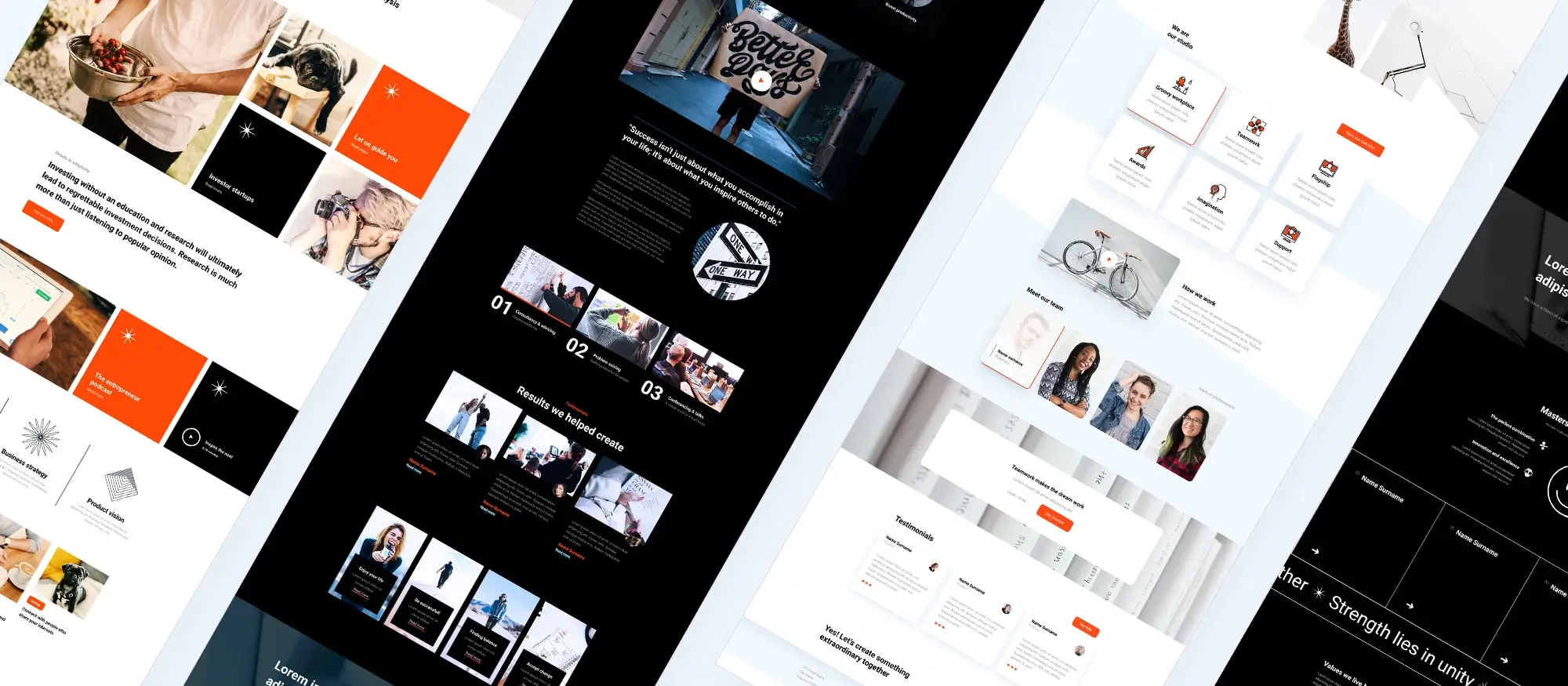The future of WordPress: How WordPress block templates change website creation
Try MaxiBlocks for free with 500+ library assets including basic templates. No account required. Free WordPress page builder, theme and updates included.
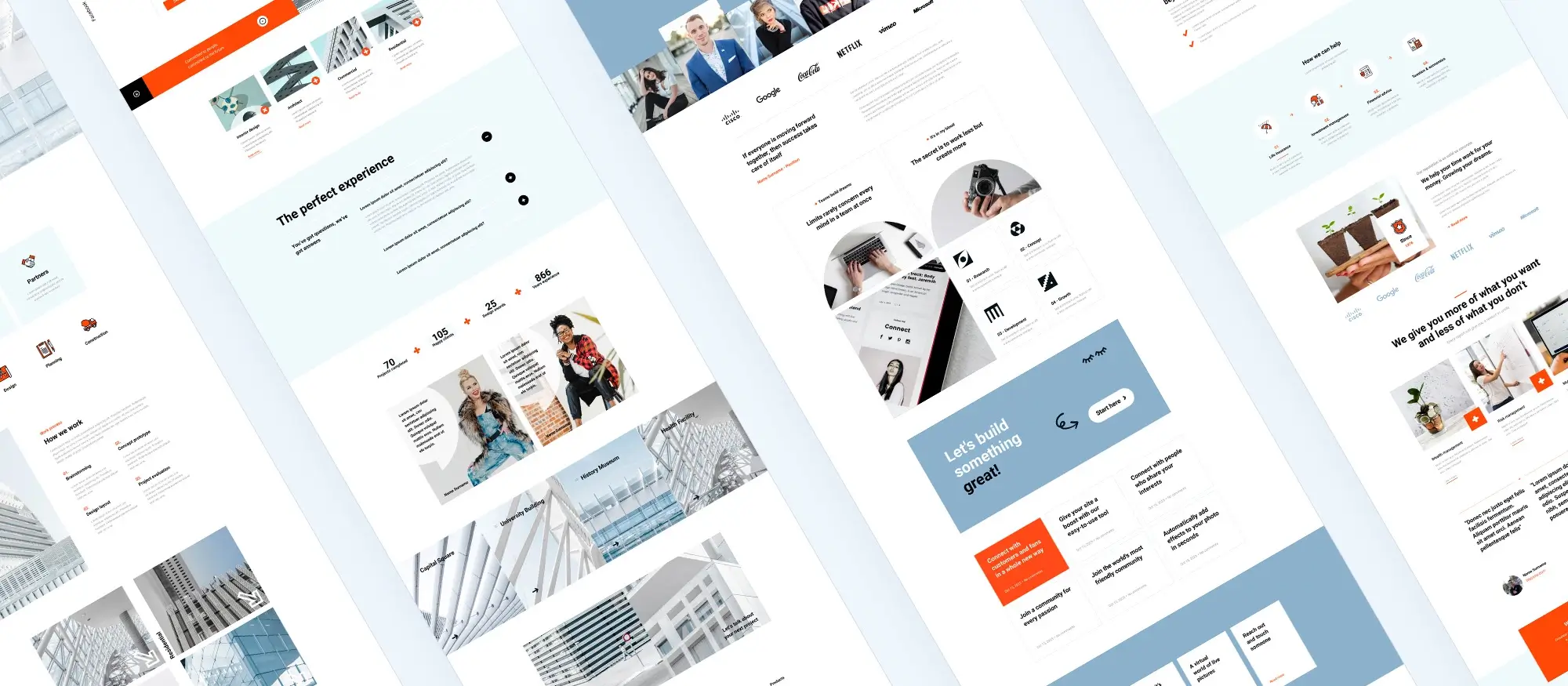
Updated May 21, 2025
Key takeaways
- WordPress started as a blogging tool but has grown into the most widely used website builder in the world. It’s free, open-source, and easy to customise.
- Block themes give more control over how pages and posts look. Instead of relying on fixed templates, you can move things around and design layouts using blocks.
- Block themes make site building simpler. They take away a lot of the need for coding or extra plugins. You can build complex pages without touching code.
- Block templates are ready-made layouts made up of blocks. They save time by letting you drop in full sections without building everything from scratch.
- These changes have made web design easier for beginners and faster for experienced developers. It’s now more visual and less technical.
- There are still a few issues. Some themes and plugins don’t always play nicely with the block editor. It can take a bit of time to learn how everything works. And some block templates haven’t been great for speed or accessibility.
- What’s next? Block themes are getting better. Tools using artificial intelligence are helping people build sites quicker. Features like voice support and AR might become part of the mix too. Accessibility is also being taken more seriously.
- In short: block themes are changing how people build websites with WordPress for the better.
Overview of WordPress
WordPress started out in 2003 as a simple blogging tool, created by Matt Mullenweg and Mike Little. It’s now the most widely used content management system (CMS) on the internet. Over the years, it’s changed a lot and is now used to build everything from personal blogs to online shops, news sites, portfolios, and even social networks.
It’s free to download and open to anyone to change or build on, which has helped it grow quickly. WordPress is made using PHP and MySQL, and doesn’t need much technical knowledge to use. Its admin dashboard makes it easy to manage your content, whether you’re adding text, images, or videos.
A huge number of themes and plugins are available to help customise a site’s look and features. Many of these are made by other WordPress users, who often share their work freely. There’s also a strong community around WordPress people are usually happy to help each other out.
Today, WordPress runs around 43% of all websites. That includes well-known names like NASA, Forbes, The White House, and even Taylor Swift’s site.
Automattic, the company started by Mullenweg, now runs WordPress.com, the hosted version of WordPress. While the original software is still free, WordPress.com offers extra services, especially useful for people who want help running their site.
WordPress keeps moving with the times. It’s now much more mobile-friendly, with themes that adjust to fit phones and tablets. It also supports online shops, social media links, and lots of other features that are expected on websites now.
A major change came in 2018 with WordPress 5.0. That’s when the Gutenberg editor was introduced. Instead of using one big text box, Gutenberg breaks content into blocks separate sections for headings, images, text, buttons, and more. It makes it much easier to move stuff around or change how things look, especially if you’re not a developer.
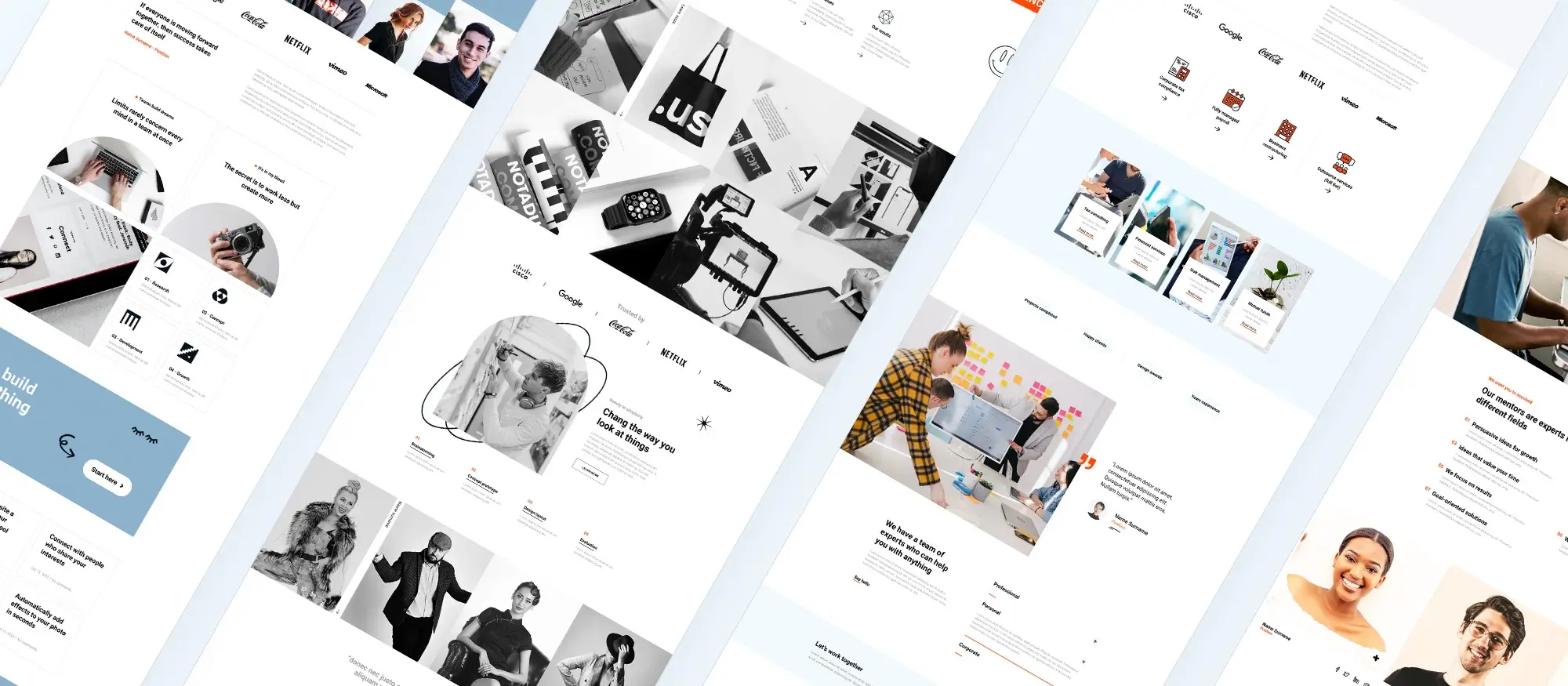
WordPress block themes
Block themes changed how websites are built with WordPress. First added in version 5.8, they use the block editor instead of the older template system. Instead of being stuck with fixed layouts, designers can now build pages using blocks and reusable pieces like text, images, buttons, and menus. Each one can be moved around or swapped out without needing to touch code.
In block themes, every part of a page is a block. You can drag blocks around to build the layout you want, whether that’s a basic blog post or something more complex. This setup has made things a lot easier, especially for people who aren’t developers. But it’s also sped up work for those who are.
The main appeal is control. You can change almost everything about your site’s design straight from the editor. There’s no need to dig into PHP files or custom CSS. There are loads of blocks to choose from text, galleries, forms, menus, even whole sections. You can mix and match them however you want to build something that fits the site you’re working on.
Block themes also work with WordPress’s full site editing (FSE) feature. FSE lets you edit things like your header, footer, and sidebar the same way you’d edit a page. It means the look of your site can be changed all in one place, without switching between menus or editing files. Block themes are built for this kind of editing, and they make the whole process a lot more straightforward.
Subscribe to our newsletter
WordPress block templates
Block templates are ready-made layouts built from blocks. They give WordPress users a faster way to create pages or posts without needing to design everything from scratch. Instead of building each layout by hand, you can pick a template, change the content, adjust the layout if needed, and hit publish.
Before block templates, people often used page builder plugins or custom layouts that came with their themes. Those tools worked, but they usually meant dealing with code or being stuck with layout options the theme provided. The release of the Gutenberg editor helped a lot by making content more flexible. But it still left you building layouts block by block. Block templates took things a step further by offering full layouts you can drop in and change to fit your needs.
Templates make building pages quicker. You don’t have to be a designer or know how to code. They’re especially useful for anyone working on a tight schedule, or those who just want to get a site up and running without overthinking the design.
They’re also easy to change. You can rearrange blocks, delete parts you don’t need, add new ones, or swap one block for another like switching out a photo gallery for a contact form. You’re not locked into anything. Most templates are made to work well on phones and tablets too, and they usually follow good SEO practices, so your site stays quick and search engine-friendly.
Because block templates are built into WordPress, they tend to be better optimised than older methods. That means they often load faster and are less likely to cause problems with updates or plugins. They’re also more secure than using third-party page builders, which can sometimes add bloated code or leave gaps for security issues.
Another plus: many templates are built with accessibility in mind. That helps make websites usable for a wider range of people, including those who rely on screen readers or keyboard navigation.
Templates are flexible, too. You can swap one block for another like a hero image for a video, or a call-to-action for a sign-up form without digging into CSS or PHP. That kind of freedom wasn’t really possible with the older theme system.
In short, block templates save time, simplify design, and give users more control whether they’re beginners or experienced with WordPress.
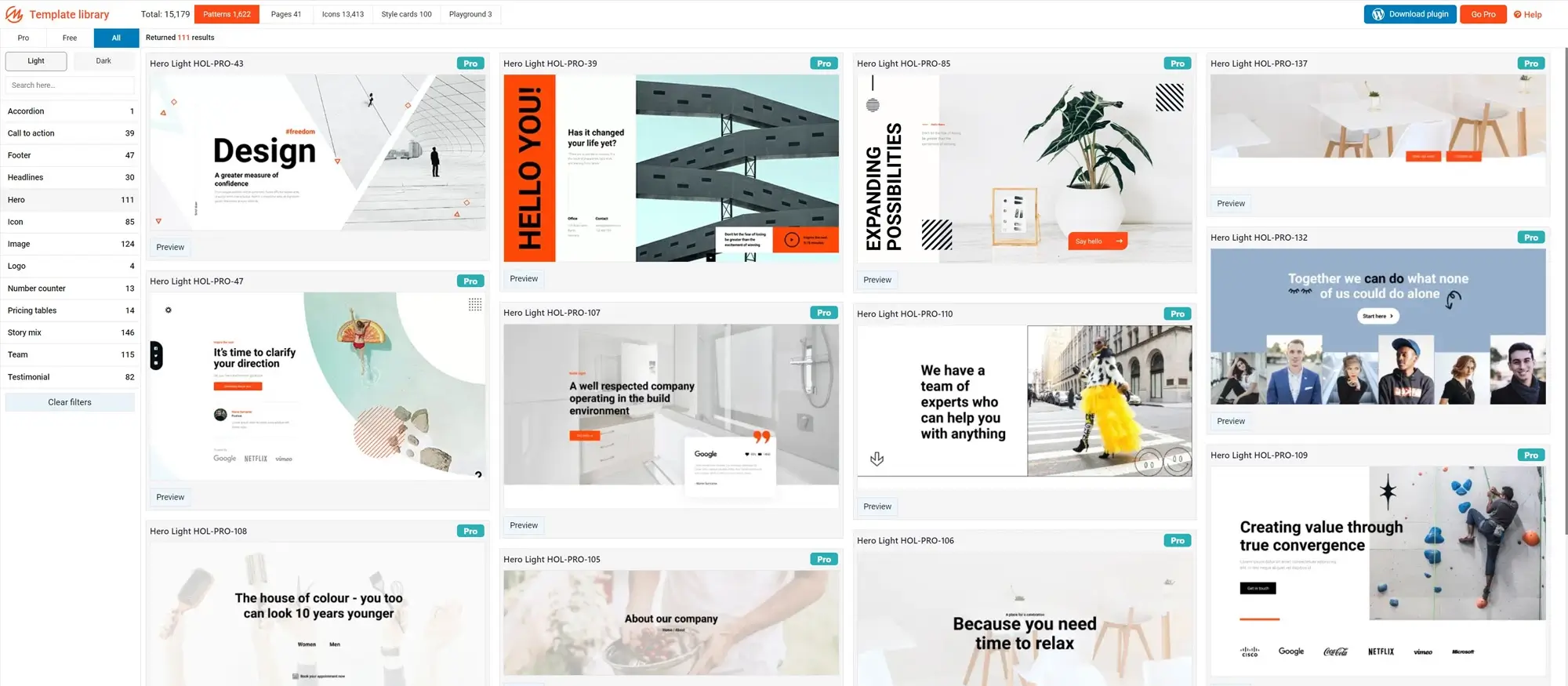
The impact on website creation
Block themes have made building websites in WordPress quicker and less complicated. They’ve changed how people design and manage their sites from beginners working on personal blogs to developers building custom layouts for clients.
Building is simpler and faster
With block themes, you don’t need to write loads of code just to get the layout right. Each part of a page like text, images, or buttons is its own block. You can move them around, swap them out, or adjust their size right in the editor. This makes it easy to build a site just by clicking and dragging. It also saves time, especially when you’re trying out different page layouts.
Design changes are easier to test
You can now test different ideas without needing to go back into code or mess around with theme files. Want to try a new homepage layout or change the order of a services section? You just move blocks around and see the result straight away. It’s a much faster way to work.
Less need for extra plugins
Before block themes, many people used third-party page builders or loads of plugins to customise how their site looked. Those tools often slowed sites down or didn’t always work well together. Block themes come with most of what you need already built in, so you don’t need as many add-ons. That means fewer updates to deal with and fewer chances of something breaking.
You might still use some plugins for contact forms, online shops, or other specific things but you can now do much more just with WordPress itself.
In short, block themes help people build sites faster, test ideas more easily, and manage everything with less hassle.
Build like a pro
Challenges and limitations
Block themes are a newer part of WordPress. They’ve made building websites quicker and easier, but they’re not without a few bumps.
Getting used to a new editor
If you’ve been using WordPress for a while, switching from classic themes to block themes can feel like starting over. The editing layout is different, and it’s based heavily on pre-built blocks instead of the older customiser and theme files. Even though the drag-and-drop approach is simple enough, it still takes time to learn how everything fits together. That said, there’s a lot of help online guides, videos, and forums so it’s not too hard to pick up with a bit of patience.
Not everything plays nicely (yet)
Since block themes are still fairly new, not every plugin or theme has been updated to work with them. This can cause small issues or big ones especially if your site relies on older tools or custom plugins. Before making the switch, it’s worth checking what’s compatible. The WordPress plugin directory usually has that info.
Performance can vary
Block themes are built to be lightweight, but performance depends on how you use them. Adding too many blocks, or using blocks with heavy scripts or images, can slow things down. It’s a good idea to keep things simple and make sure the blocks and templates you use are coded well and optimised. Stick to clean blocks and compress your images to help keep load times quick.
Accessibility isn’t always a given
Some block templates still fall short when it comes to accessibility. If your audience includes people who use screen readers or have visual impairments, you’ll want to double-check that your theme and block templates follow good accessibility practices. Many are improving in this area, but not all are there yet so it’s something to keep in mind when choosing a theme.
Block themes are still being refined, and most of these issues are already being worked on. As more people adopt them and more developers contribute, these problems will likely shrink over time.
Future trends
Block themes have made a big shift in how WordPress websites are built and there’s more to come.
More useful blocks and templates
Block themes are still growing. Expect to see more pre-built blocks designed for specific features like online stores, bookings, maps, or even dashboards. These blocks will give people more tools without needing extra plugins or custom code. Editing is also getting smoother, with updates to the interface making things more straightforward.
Smarter design tools
AI tools are starting to make their way into WordPress. They could help with picking layouts, suggesting content, or even adjusting the design based on what users do on the site. Imagine a layout that tweaks itself based on screen size, or content that shifts to match user interests. These kinds of tools are likely to become more common, especially for people managing large or active sites.
AR and VR experiments
It’s early days, but some developers are looking at how augmented and virtual reality might fit into block themes. It won’t be for everyone, but some websites like ones showing off products or places could offer more interactive experiences in future.
Community keeps driving it forward
One of the best things about WordPress is its community. Developers around the world keep building blocks, fixing bugs, and sharing tools. That community support means block themes are constantly improving. Whether it’s new templates or updated features, a lot of progress will come from everyday users and open-source contributors.
Block themes aren’t finished yet, but they’re already changing how people build websites. With better blocks, smarter tools, and support from the WordPress community, they’ll likely become the standard way to build with WordPress in the years ahead.
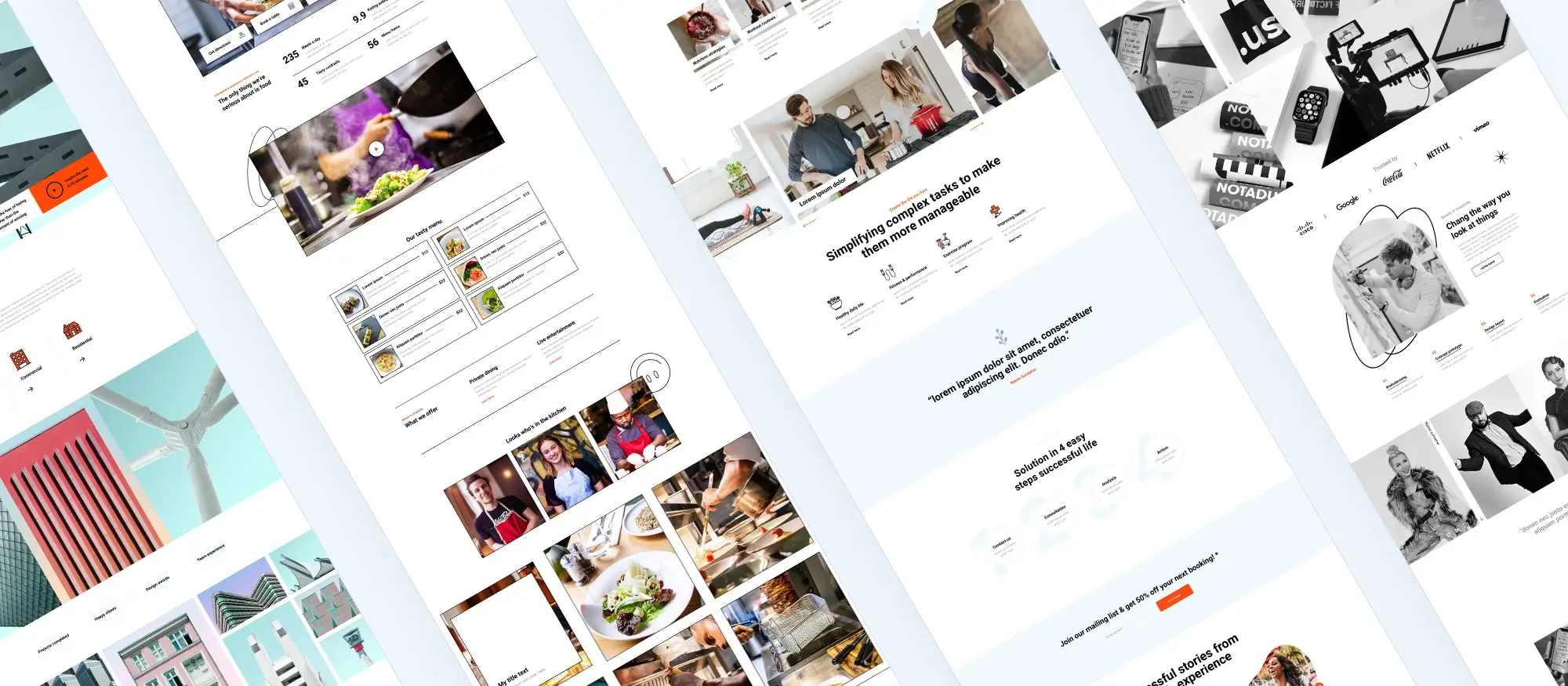
Final thoughts
If you’re just starting out with WordPress or want to sharpen your web design skills, there are plenty of tools and guides to help you get going. The official WordPress Getting Started guide is a good place to begin. It covers everything from the basics to more advanced features like block templates and full site editing.
As you learn your way around, you might want to try free themes, or add tools like MaxiBlocks to give your site a bit more style. Using the block editor alongside features like full site editing makes it easier to build and change layouts without needing code.
For most people, WordPress offers a lot whether you build the site yourself or get help from a designer. Block templates, patterns, and the wide range of Gutenberg blocks make it easy to put together a site that looks good and works well across devices.
It’s also worth paying attention to small details things like adding a proper favicon, using icons like Dashicons, and making sure your design stays fast and easy to use.
WordPress works whether you’re building a simple blog, a business site, or something more complex. You don’t need to spend a fortune, and you don’t need to know how to code. With the tools available today especially block themes and templates anyone can build a clean, responsive site with ease.
How WordPress block templates change website creation
Website creation is evolving rapidly, and WordPress remains at the forefront of this transformation. One of the most exciting developments in recent years is the rise of WordPress block templates which offer a more flexible, modular way to build and customise sites. These templates allow users to design entire pages by combining pre-styled blocks, streamlining the process for both beginners and experienced designers.
From tailored designs like the Craftsman home page template to sleek, structured layouts in the architectural WordPress block templates, block-based design gives you total control over your site’s structure. Business owners can take advantage of focused solutions like the business homepage template, while creatives can make a strong impression using a high-energy concert WordPress template that is ready for promotion and ticketing.
To understand where all of this is heading, the future of WordPress block templates explores how modular design is changing how we approach websites. Resources like the block templates collection and WordPress block templates for social media are built to help creators move faster, with consistency across every page.
Build smarter with templates that scale
If you are just starting out or experimenting with design, there is a wide selection of free WordPress templates available, along with simplified layouts like the basic block template. For a complete look at how this modular approach fits into today’s broader ecosystem, you can browse the main WordPress block templates and see how they compare to traditional themes.
For those seeking broader solutions, the WordPress website templates and website templates for WordPress offer curated designs that align with different industries and audiences. If you are setting up your WordPress site for the first time, templates can provide a shortcut to a polished, professional presence.
To make the most of your design, it helps to understand how to use WordPress themes effectively. This ensures your colours, fonts, and layout choices remain consistent throughout. As your site evolves, you can scale up with WordPress websites templates or tailor your online presence further with purpose-built WordPress website design templates.
Block templates are not just a design trend. They represent the future of WordPress – a faster, smarter, and more flexible way to create websites that grow with your goals.
WordPress template sites for fast and easy design
Explore flexible WordPress templates with built-in styles and block layouts for faster design.
FAQs: WordPress and WordPress block templates
What is WordPress?
WordPress is a free website builder that started out as a blogging tool. It’s now used to create all kinds of sites blogs, shops, portfolios without needing to know how to code.
What are block themes in WordPress?
Block themes let you build websites using blocks for things like text, images, buttons, and more. You can arrange them however you like, giving you full control over the layout.
How are block templates different from traditional themes?
Traditional themes come with fixed layouts. Block templates let you pick and arrange different block patterns to build pages the way you want no coding needed.
Why use WordPress block templates?
They make it easier to build websites, especially for non-coders. They also offer more flexibility, better performance, and work well with newer WordPress features.
Can block templates speed up a website?
Yes. Since they use cleaner, lighter code, they can help pages load faster, which is good for users and search engines.
Do block templates reduce the need for plugins?
In many cases, yes. Block templates often include built-in features, so you don’t need as many third-party plugins, which can help with site speed and security.
What problems might come with using block templates?
You might run into a learning curve, and some older plugins or themes may not be fully compatible. Performance can also dip if too many heavy blocks are used.
Are block templates accessible?
Some are, but not all. It’s important to choose templates that follow accessibility standards to make sure your site works well for everyone.
What’s next for block themes?
Expect more types of blocks, smoother editing tools, and new tech like AI or even AR. The WordPress community is constantly adding to what block themes can do.
Why are block templates considered a big change for WordPress?
They’ve made website building easier for everyone. You don’t need to code, and you can change layouts just by moving blocks around.
Can beginners build full websites with block templates?
Yes. Block templates are designed for people with no coding experience. Just pick a layout, add your content, and adjust the design as needed.
Do block themes make web development faster?
They do. You can build and test designs quickly, without touching code. This makes it easier to get sites finished and launched.
Can I use block themes for any type of website?
Yes. They work for blogs, shops, portfolios, business sites basically anything you want to build.
Do block themes help with site performance?
They can. Block themes often use cleaner code and fewer plugins, which means better load times and fewer issues.
What should I look for in a block theme?
Check that it’s easy to customise, works well with your key plugins, loads quickly, and supports accessibility.
Can long-time WordPress users switch to block themes easily?
It might take a bit of learning, but it’s manageable. There are lots of guides and community support to help you make the switch.
Where can I learn how to use block themes?
You’ll find plenty of tutorials, videos, and help guides online plus support forums where people share tips and fixes.
How do block themes give more design freedom?
You can mix and match blocks, change layouts, and control every part of your site’s design all from the editor.
Will block themes become the new standard?
Most likely. WordPress is clearly moving in that direction, and block themes are built to work with future updates and tools.
How do block themes make web design more accessible?
They let more people build websites without needing coding skills. That opens up web design to anyone with an idea and a bit of time.
WordPress itself
Official Website
wordpress.org – This is the official website for WordPress, where you can download the software, find documentation, and learn more about using it.
WordPress Codex
codex.wordpress.org/Main_Page – This is a comprehensive documentation resource for WordPress, covering everything from installation and configuration to specific functionality and troubleshooting.
WordPress Theme Directory
wordpress.org/themes – The official WordPress theme directory is a great place to find free and premium WordPress themes. You can browse themes by category, feature, and popularity.
maxiblocks.com/go/help-desk
maxiblocks.com/pro-library
www.youtube.com/@maxiblocks
twitter.com/maxiblocks
linkedin.com/company/maxi-blocks
github.com/orgs/maxi-blocks
wordpress.org/plugins/maxi-blocks

Kyra Pieterse
Author
Kyra is the co-founder and creative lead of MaxiBlocks, an open-source page builder for WordPress Gutenberg.
You may also like
